10 Essential Ingredients in Mexican Cooking
Understanding Spices
Your cart is empty.
SUBTOTAL
£0.00

Understanding Spices
Mexican food is bright and colourful, making the most of fresh produce, fragrant herbs and bold spices to create intense flavours. Starting with the native foods and flavours of Mexico, the cuisine was then influenced by Spain, Europe, India and China. Although Mexican food is diverse and varies greatly depending on the region, here are 10 of the must-have ingredients that you’ll find in every Mexican kitchen.
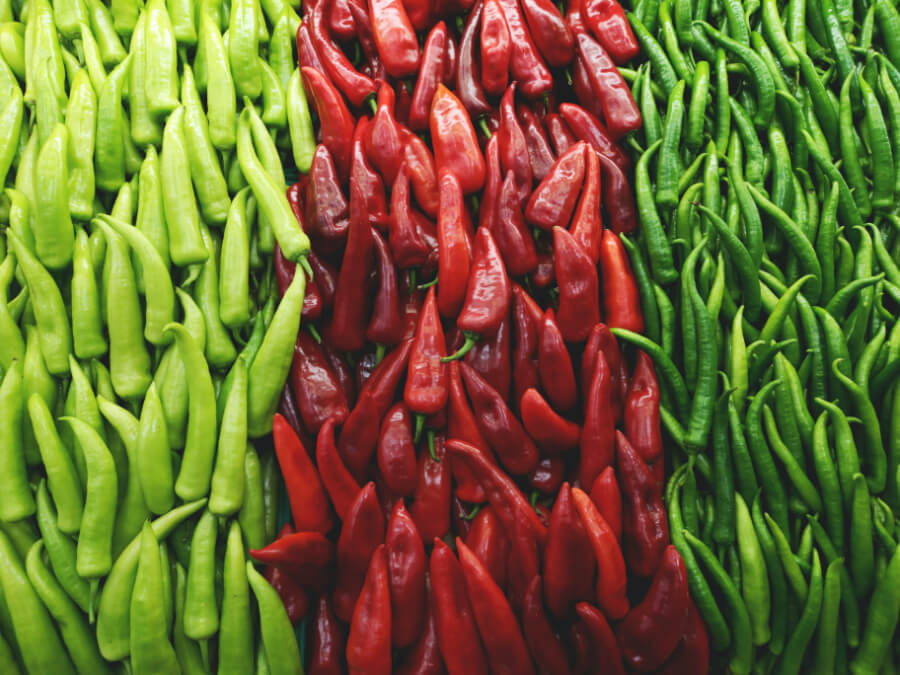
Chillies are indigenous to Mexico and have been an important part of the food for thousands of years. There are a huge variety of chillies, such as jalapenos, anchos, piquin, guajillos, mulatos, arbol, pasilla, and serranos. Which one you use depends on the dish you’re making and the level of spice you want. If you’re a fan of chillies, you will have heard of chipotle. This is ripe jalapeno which has been smoked and dried. Guajillo and ancho chillies are also used in the famous adobo spice rub. However, chillies aren’t just used to add heat — they’re also used to add flavour to soups, salsas, sauces and mole. They can be used fresh, dried, powdered or smoked.

Corn is the main source of grain in Mexican cuisine. It’s most commonly dried and ground to make masa harina, a dough used to make corn tortillas and tamales. Corn is also used in other Mexican dishes including soups, stews, tortilla chips and atole — a traditional, thick corn-based drink. Try this recipe for roast sweetcorn using Mexican adobo spice rub.
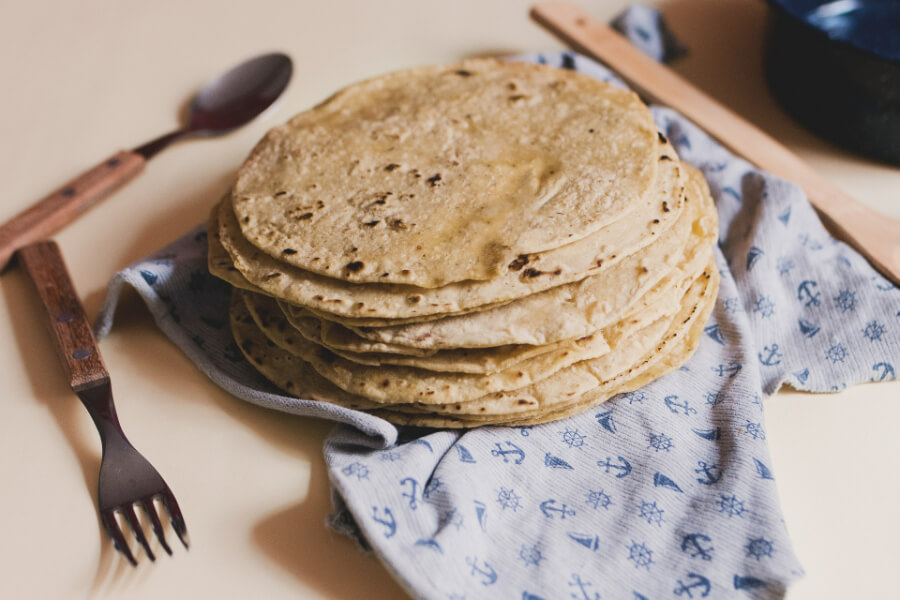
No Mexican pantry is complete without tortillas. These thin, circular flatbreads were originally made from ground corn, and remain popular today. The Spanish introduced wheat in the 16th century. Wheat tortillas usually contain a fat like oil or lard, salt and leavening agents like baking soda. They’re most commonly used for enchiladas, burritos, tacos and fajitas.

Beans are another staple of Mexican cuisine, dating back to pre-Columbian times. Black beans, pinto beans, golden Peruvian and flor de junio are just some of the most popular varieties. They’re used in dishes such as refried beans, huevos rancheros, gorditas, added to Mexican salads, soups, guisado (meat or vegetable stew in a chilli-based sauce), a Mexican-inspired chilli con carne, and the traditional frijoles de olla (Mexican pot beans). When making fajitas, you may be familiar with refried beans. Funnily enough, this term actually comes from a mistranslation of the word refrito which means well-fried and not fried again.

It wouldn’t be a list of Mexican ingredients without avocados, the main ingredient in guacamole. Avocados have been cultivated in Mexico for at least 5,000 years and are dubbed the ‘Green Gold’ of Mexico as demand for exports of this fruit are higher than ever. Avocados are ubiquitous in Mexican cooking. They’re used in soups and added to salads, salsas, as a topping for fajitas and tacos, and in desserts and sweets. The leaves of the avocado tree are also used to flavour stews, or ground up and added to mole and sauces.
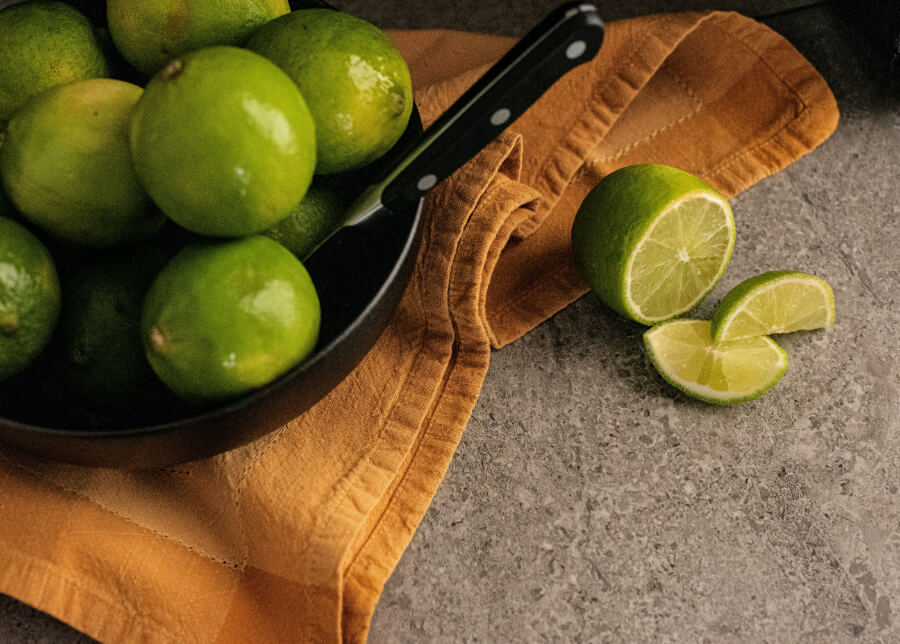
Limes can be found in many dishes and drinks in Mexican food. For several decades, Mexico has been the world’s largest producer and exporter of limes since the 1950s. The floral tartness is a key flavour in everything from margaritas to salsas and tacos. It’s used in soups, salads, meat dishes, desserts and to dress ceviche. Sometimes all you need is a squeeze of lime to complement the flavours of whatever Mexican dish you’re eating. If you’re unable to find Mexican key limes at Latin markets, the traditional lime is just as good.

Mexican food wouldn’t be the same without the brightness of fresh herbs. The most common herbs that you’ll come across are coriander, epazote leaves and Mexican oregano. Coriander is always used fresh and added at the end of cooking or in uncooked dishes. Mexican oregano is native to the country and is in the same family as lemon verbena, with a more licorice flavour than Mediterranean oregano. Its earthier, kickier flavour means it goes well in spicy dishes. Epazote leaves are cultivated in Mexico, and have a distinctive tart, citrus flavour with pine notes. Herbs are added to dishes like guacamole, salsa, beans, meat dishes, rice and enchiladas.

Tomatoes play a significant role in Mexican cooking, and were first domesticated by the ancient Mayans and Aztecs. Tomatoes are used in all kinds of dishes, whether that’s fresh in salsas or cooked in stews and rice dishes. They’re also used as fillings in burritos and tacos. Tomatillos, or Mexican husk tomatoes, are also frequently used. These are small firm, green fruits surrounded by a papery husk. They have a slightly sweet and tart flavour, and are best used in sauces, soups and salsas such as salsa verde. They can also be roasted or boiled and used in beef or fish preparations.
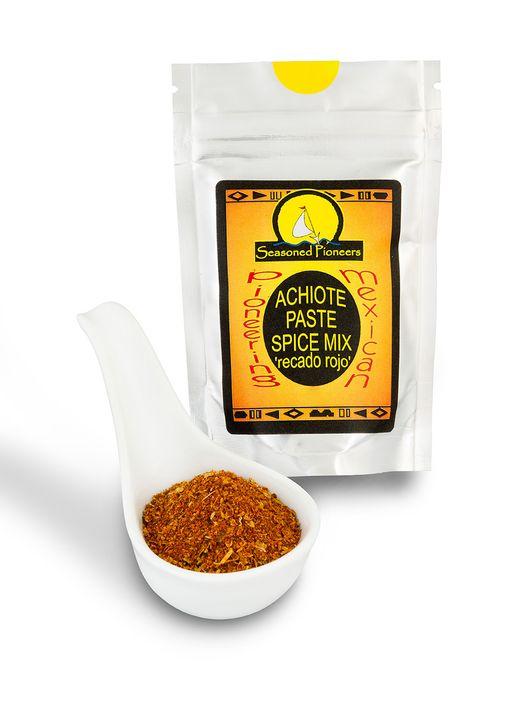
If you’ve ever eaten or prepared cochinita pibil, a slow-roasted pork dish from the Yucatan Province, you’ll be familiar with achiote. Known as annatto in English, this bright red colouring comes from the seeds of the achiote tree which is native to Mexico. You can find achiote in the form of whole seeds, ground seeds and pastes. The seeds are usually ground into seasoning pastes to add colour and a tart flavour to everything from meat to rice, as well as giving cheddar cheese its orange tint.
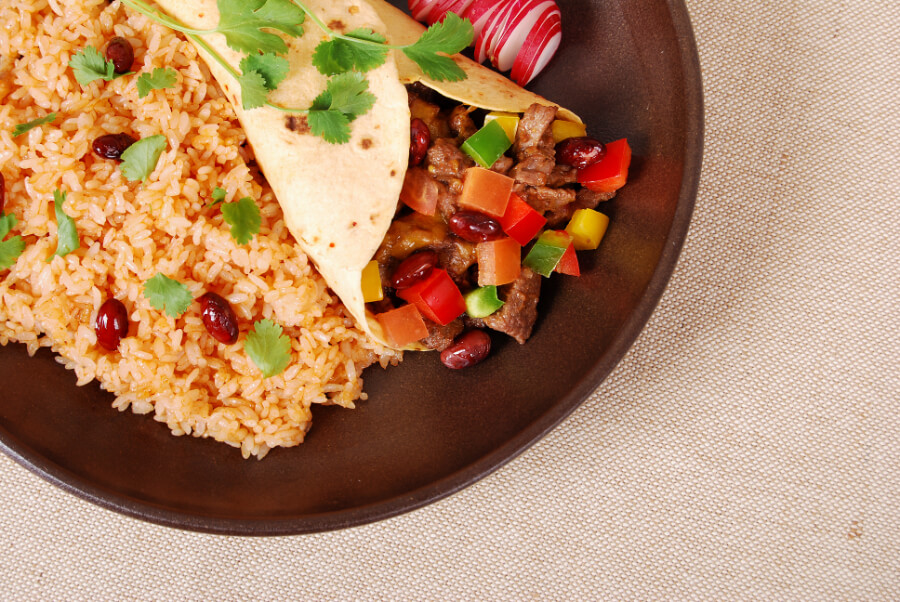
The Spanish first brought rice to Mexico in the 1500s. Rice is an important grain in Mexican cuisine, and different regions serve rice in different ways. In the north, rice is usually cooked with chicken broth and tomatoes, a dish called arroz rojo or red rice. Green rice is cooked with parsley and chillies, and arroz con pollo is a chicken casserole rice dish. In the south, plain white rice is preferred. Rice can be incorporated into beverages too, such as the popular drink horchata. This is a sweet rice milk beverage made from rice flour mixed with cinnamon, sugar and vanilla.
Understanding Spices
Spices have long been integral to the UK's culinary landscape, adding depth, flavours, and richness to a myriad of dishes. From the pungent aroma of cumin in Indian curries to...
Read MoreNews
We want to make sure we do everything we can to get your Christmas gifts & ingredients to you in time. Order by the dates below to guarantee that we...
Read MoreUnderstanding Spices
Confetti is an essential part of any wedding day. Not only is it a wonderful way to greet a newlywed couple, but it also provides some beautiful photo opportunities. The...
Read MoreSeasonal Ideas
It’s no secret that any handmade gift will always be more special than a store-bought one. Homemade food gifts are especially wonderful, a labour of love that shows someone you...
Read More